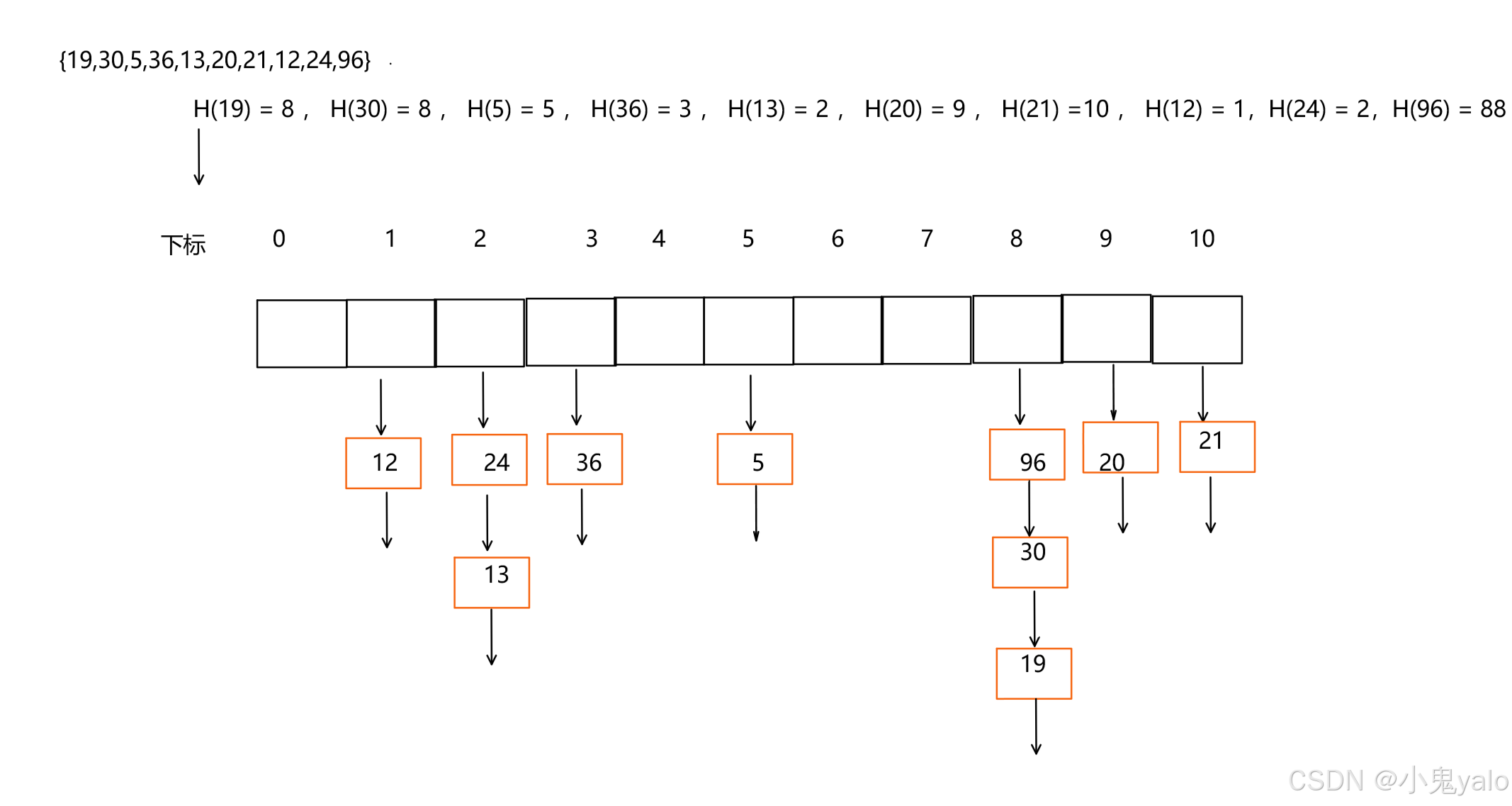文章目录
1 手写call函数 2 手写apply函数 3 手写bind函数
call函数的实现步骤:
判断调用对象是否为函数。 判断传入上下文对象是否存在,如果不存在,则设置为window。 处理传入的参数,截取第一个参数后的所有参数。 将函数作为上下文对象的一个属性。 使用上下文对象来调用这个方法,并保存返回结果。 删除刚才新增的属性。 返回结果。 Function . prototype. myCall = function ( context ) {
if ( typeof this !== "function" ) {
console. error ( "type error" ) ;
}
let args = [ ... arguments] . slice ( 1 ) ;
let result = null ;
context = context || window;
context. fn = this ;
result = context. fn ( ... args) ;
delete context. fn;
return result;
} ;
apply函数的实现步骤:
判断调用对象是否为函数。 判断传入上下文对象是否存在,如果不存在,则设置为window。 将函数作为上下文对象的一个属性。 判断参数值是否传入。 使用上下文对象来调用这个方法,并保存返回结果。 删除刚才新增的属性。 返回结果。 Function . prototype. myApply = function ( context ) {
if ( typeof this !== "function" ) {
throw new TypeError ( "Error" ) ;
}
let result = null ;
context = context || window;
context. fn = this ;
if ( arguments[ 1 ] ) {
result = context. fn ( ... arguments[ 1 ] ) ;
} else {
result = context. fn ( ) ;
}
delete context. fn;
return result;
} ;
bind 函数的实现步骤:
判断调用对象是否为函数。 保存当前函数的引用,获取其余传入参数值。 创建一个函数返回。 函数内部使用apply来绑定函数调用,需要判断函数作为构造函数的情况,这个时候需要传入当前函数的this给apply调用,其余情况都传入指定的上下文对象。 Function . prototype. myBind = function ( context ) {
if ( typeof this !== "function" ) {
throw new TypeError ( "Error" ) ;
}
let args = [ ... arguments] . slice ( 1 ) ;
let fn = this ;
return function Fn ( ) {
return fn . apply (
this instanceof Fn ? this : context,
args. concat ( ... arguments)
) ;
} ;
} ;

















![[EAI-023] FAST,机器人动作专用的Tokenizer,提高VLA模型的能力和训练效率](https://i-blog.csdnimg.cn/direct/d4deb5975c7943dbbe742e00215ecc43.png)

